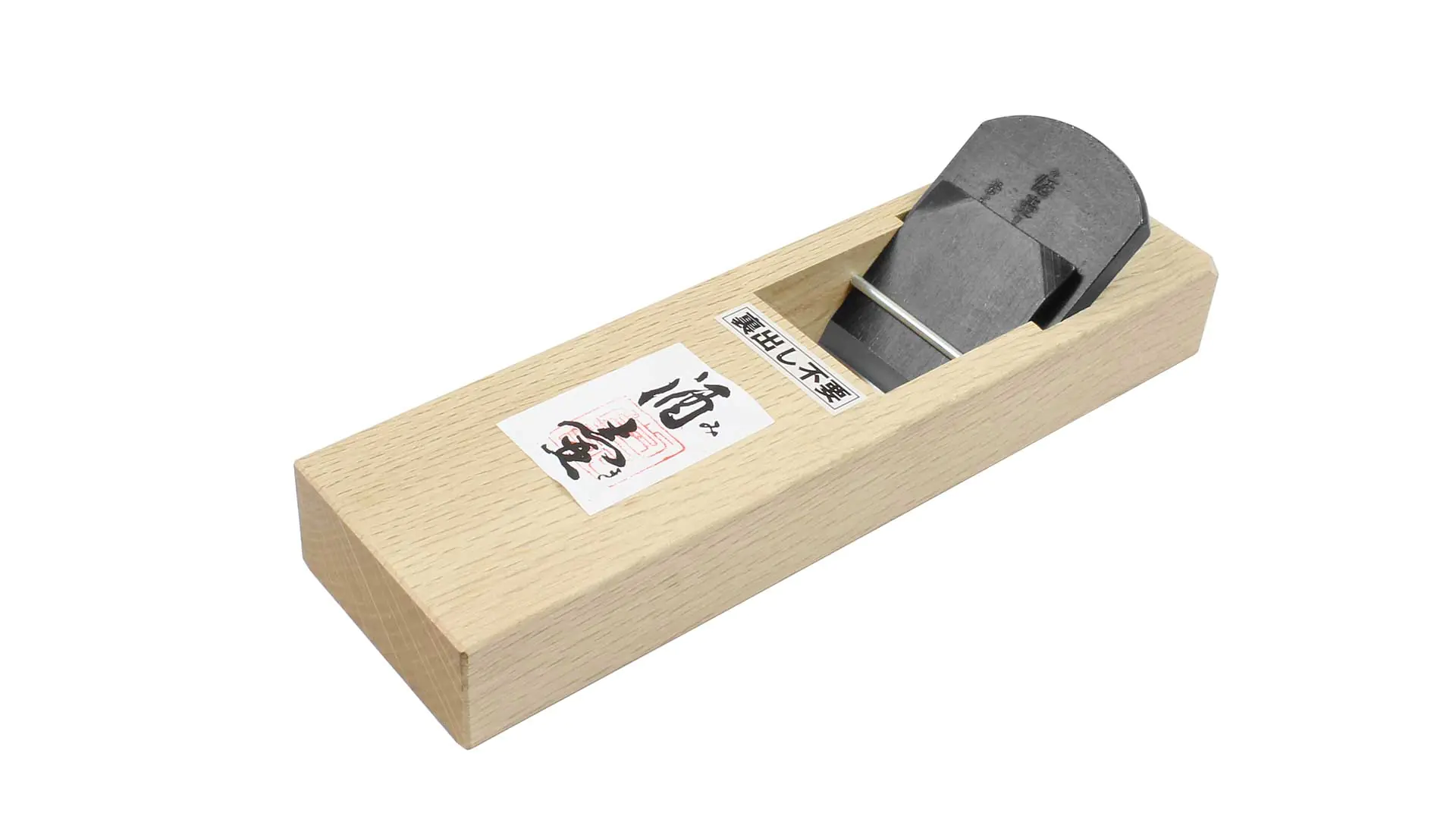More about the planes from Tsunesaburo called "Miki"
This plane series was named "Miki" by the manufacturer, after the city where the manufacturer is based.
The blades in this plane series are extremely hard yet not brittle. They have a very long service life with unmatched cutting performance. Leading steel manufacturer Hitachi has developed a new YSS powder steel from the HAP series called "Miki," which meets the highest expectations. This cutting steel offers remarkable flexibility and is made using the iron sand of the Izumo region in Shimane Prefecture, which is known for its purity. As a result, this steel combines the cutting performance of blue paper steel with the toughness of HSS.
This steel is suitable for a wide range of materials, from hardwoods to softwoods and even engineered woods. It excels in cutting end grain, with minimal tear-out even when working with cedar end grain.
Compared to other steels, it also produces very little tear-out on laminated and plywood materials.
It maintains its sharpness when planing over 300 m of straight-grained cypress, as well as hardwoods and branches. Even when working with cedar, the edge retention can be significantly extended by adding a micro-bevel to the blade using a guide such as the Grintec K2.
Tsunesaburo states that these blades can be ground using a dry grinding machine thanks to their high tempering temperature of 550°C. However, we always and generally advise against this and instead recommend hand sharpening. The best results are achieved using Japanese water stones, starting with grit 1000, followed by 2000 to 3000, and finishing with 6000 to 8000.
The blades made from this steel come without the traditional hollow grind on the back. A distinctive feature of traditional Japanese plane and chisel blades is the characteristic hollow grind on the back, where only a narrow strip at the edge and sides, called "ashi" (meaning "foot" in Japanese), remains flat. As the blade shortens with repeated sharpening, the edge eventually moves into the hollow area. At this point, the craftsman needs to tune the blade, traditionally by gently tapping the bevel to slightly deform the steel before flattening the back again. This process, known as "uradashi," is labor-intensive and requires some practice. Alternatively, the back can be occasionally flattened to move the side edge back. This traditional design is not present in this blade, which instead has a completely flat back.
The shaving thickness is adjusted by lightly tapping the rear end of the blade with a hammer – many light taps are preferable to a few heavy ones. To reduce the shaving depth, tap the rear upper edge of the wooden plane body in the same manner. This applies to all planes without mechanical adjustment, where the blade is held in place by a wedge and/or chip breaker. After adjusting the blade, the chip breaker should also be readjusted, which is done by tapping its head lightly.
When not in use, the blade should be retracted so that it no longer protrudes from the sole of the plane. This can be done as described above, by tapping the rear upper edge of the plane body with a hammer.

